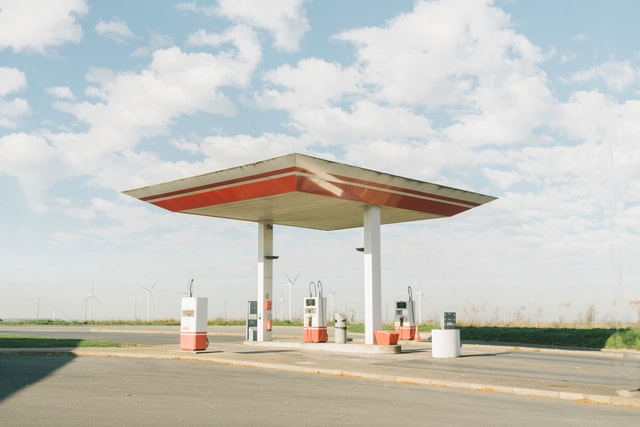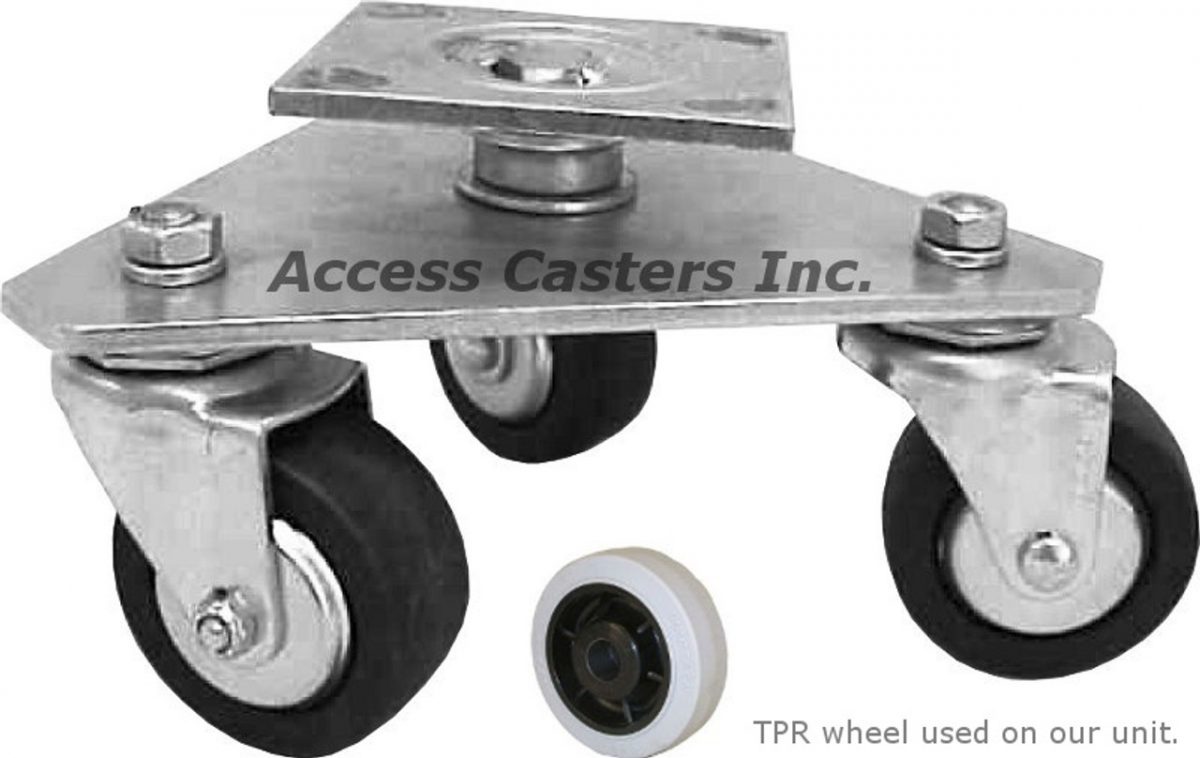Before we get started on the parts of the Fuel System, let’s take a look at some of the common contaminants and their functions. We’ll also cover the Types of injectors and fuel lines. The fuel lines connect the tank and the engine. Steel lines are usually used to transfer fuel, and flexible rubber hoses are often used. Steel lines must never be made of aluminum or copper. Rubber hoses should be replaced with a specific hose. Otherwise, they’ll deteriorate and soften. Rubber hoses should always be routed away from the exhaust system as well. You may check out airdog parts for your diesel components needs to learn more.
Common contaminants in diesel fuel
Water and other substances can contaminate diesel fuel. Water enters the fuel tank through an open fill point, a vent, or condensation. Warm air expands and leaves the tank—cold air forces water droplets to form on the tank walls. In addition, biodiesel contains some water content. Therefore, it is essential to avoid fuel with excessive amounts of water content.
In addition to water, other common contaminants in diesel fuel include microorganisms, wax, debris, sediments, and microbes. These contaminants may clog the injectors, which will reduce the injector’s life. Water is also a significant cause of damage to other components in the engine. For example, water in fuel can damage internal injector components and result in partial failure. Several different contaminants can clog a diesel fuel system, and some are more harmful than others.
Functions of a diesel fuel system
There are many components of a diesel fuel system. These parts include a fuel tank, a fuel pump, a fuel filter, injectors, and a carburetor. These parts work together to deliver fuel to the engine as required. Therefore, it is essential to ensure these components work properly, as buildup can reduce fuel efficiency and power. The fuel pump, for example, delivers fuel to the injectors, while the carburetor atomizes the fuel for optimum combustion.
The injection rate controls how much fuel enters the combustion chamber. This quantity is almost constant in a diesel engine, regardless of the rotating speed and load. The fuel is introduced into the machine at a rate that prevents excessive accumulation of power but does not cause a high increase in combustion pressure. Injecting fuel at too high a rate causes the engine to operate too roughly and lose fuel to wetting the piston head and cylinder walls.
Types of injectors
Injectors in a diesel fuel system are divided into two main types: unit and standard rail systems. The former uses solenoids to inject fuel into the cylinder and is operated by the engine’s ECM, or engine control module. Unit injectors typically inject a small amount of fuel into the cylinder before the complete injection, optimizing timing and volume. In addition, they improve the engine’s performance by reducing noise and vibrations.
High-pressure oil is used to pressurize the fuel. At idle, it is 600 psi. At WOT, it reaches nearly 3,000 psi. When the piston of the injector moves downward, it squeezes fuel in the bottom chamber. The intensifier piston has a surface area seven times greater than the plunger, resulting in more injection force. Ultimately, the engine will need to spin excessively to prime the injector, causing the oil level to rise and deplete.
Types of fuel lines
Different types of fuel lines are used in diesel cars. These fuel lines are made of polytetrafluoroethylene or Teflon, and they have a vapor barrier that prevents fuel vapors from escaping. There are different fuel lines, and the pipes must be suited to the fuel requirements.
Diesel fuel is filtered several times. Typically, a conventional system has three stages of advanced filters. Some systems use a series filter that passes all fuel through it, while others have multiple filters that only allow part of the fuel through. This is because diesel fuel is very viscous, and it needs to pass through a higher level of purity before it is put into the engine. As a result, diesel fuel lines can contain up to 30% ethanol, which can cause problems with the machine.
Types of fuel coolers
There are two main types of fuel coolers for diesel engines. The first type of diesel fuel cooler is the air cooler. This cooling system uses ambient air to cool the fuel, usually the lowest temperature heat sink. It is unnecessary to use air coolers for intermittent operation, though, as the cooling effect is minimal. The third type of diesel fuel cooler uses a chemical or liquid cooling system. Again, this is an optional feature.
A fuel cooler is a device that prevents excess gas from evaporating back into the tank. It also increases the injected fuel mass, as cooling energy is denser. These features improve the engine’s performance and can even lead to a smaller fuel tank. Consider using a fuel cooler if you’re looking for the best cooling solution for your diesel fuel system. You’ll be glad you did.





